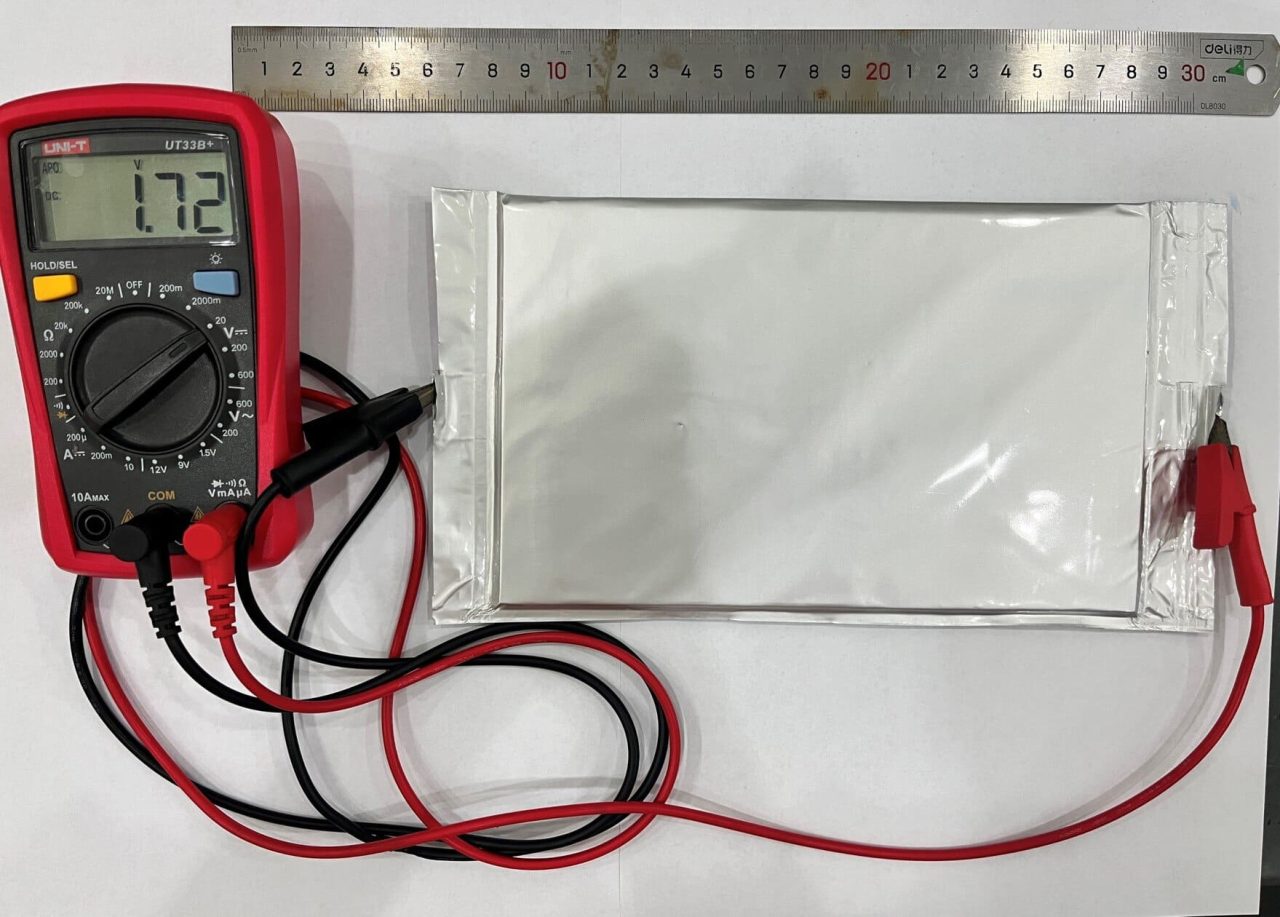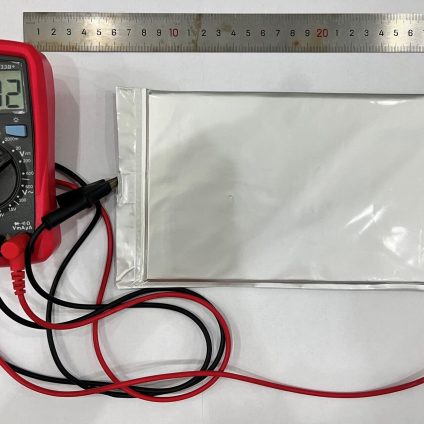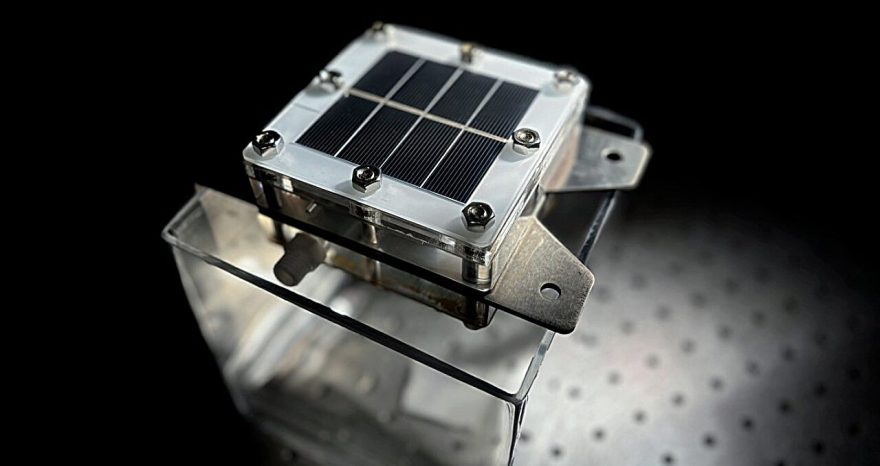Aluminum-ion batteries with a solid electrolyte achieve 10,000 charge cycles while retaining over 99% of their capacity. A breakthrough in energy storage with low cost and high safety

A new era for aluminum-ion batteries
A team of scientists in China has made a major breakthrough in aluminum-ion battery technology, achieving an unprecedented lifespan of 10,000 charge cycles without significant capacity loss. Researchers from the Beijing Institute of Technology, the University of Science and Technology Beijing, and the Lanzhou University of Technology have developed a new internal structure that significantly enhances battery durability. According to the scientists, this new design “demonstrates the potential for a long-lasting, cost-effective, and highly safe energy storage system.”
What are aluminum-ion batteries and how do they work?
Aluminum-ion (Al-ion) batteries are electrochemical storage devices that use aluminum ions as charge carriers. Initially developed as primary (non-rechargeable) cells, they have only recently been adapted for rechargeable applications. This transition was made possible by introducing non-aqueous ionic liquid electrolytes, which prevent aluminum from forming a passivating oxide layer that would otherwise block charge cycles.
Similar in concept to lithium-ion batteries, aluminum-ion technology offers both advantages and drawbacks.
Advantages of liquid electrolyte aluminum-ion batteries
- Lower cost: Aluminum is the most abundant metallic element in the Earth’s crust.
- Low flammability: Thanks to ionic liquid electrolytes, these batteries pose a lower fire risk.
- High-temperature adaptability: Aluminum-ion batteries perform well across a wide temperature range.
- Superior theoretical energy density: Al-ion batteries have a theoretical energy density of 1,060 Wh/kg, compared to the 406 Wh/kg limit of lithium-ion batteries.
Challenges of liquid electrolyte aluminum-ion batteries
- Moisture sensitivity: Conventional ionic liquid electrolytes are highly susceptible to humidity and corrosion, leading to electrolyte degradation.
- Poor interfacial contact: The interaction between electrode materials and liquid electrolytes is often inefficient.
- Short lifespan: Internal corrosion reduces stability, leading to performance degradation over time.
Solid-state aluminum-ion batteries: A game changer?
To overcome these challenges, researchers have been exploring solid and semi-solid electrolytes. However, these solutions have faced obstacles such as low ionic conductivity, poor charge-discharge efficiency, and high manufacturing costs.
This is where the latest Chinese research comes in. The team has synthesized an innovative solid electrolyte for rechargeable aluminum batteries, potentially resolving these persistent issues. This new material boasts high ionic conductivity (7.0 mS/cm), superior anion-ion transfer numbers, low production costs, and reduced sensitivity to humidity.
The breakthrough: Solid electrolyte with aluminum fluoride salt
The key innovation lies in the addition of inert aluminum fluoride salt to an electrolyte containing aluminum ions, transforming it into a solid-state electrolyte. This salt features a 3D porous structure that facilitates rapid ion transport, enhancing conductivity. Additionally, the researchers used fluoroethylene carbonate as an interface additive to create a thin solid coating on the electrodes, preventing unwanted aluminum crystal formation.
Exceptional performance and sustainability
During testing, the solid-state aluminum-ion battery demonstrated remarkable improvements in moisture resistance, physical stability, and thermal durability. More impressively, it achieved 10,000 charge-discharge cycles with less than 1% capacity loss.
An added advantage is the recyclability of aluminum fluoride: The majority can be recovered with a simple wash and reused in another battery, albeit with slightly reduced performance. This recycling capability significantly lowers production costs and enhances sustainability.
The road to commercialization
Despite these promising results, researchers acknowledge that further improvements in energy density and cycle life are needed before commercial deployment. The findings have been published in ACS Central Science.












